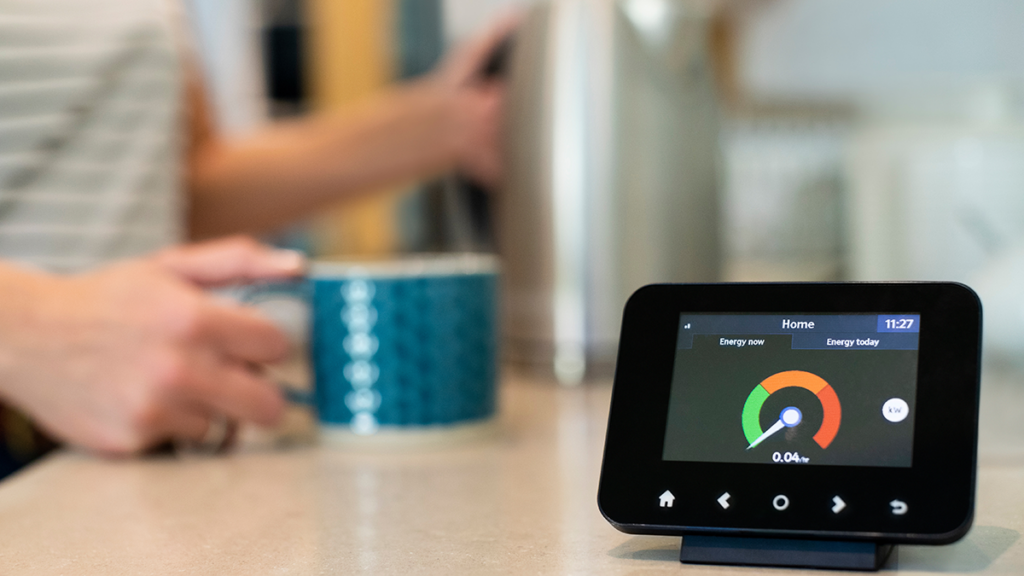The Covid pandemic and, more recently, the Russian invasion of Ukraine have taught businesses hard lessons around energy and highlighted vulnerabilities in the UK’s energy supply. For increased resilience and a smarter approach, digital transformation and the adoption of IoT smart technologies could bolster the efforts of business owners in working towards energy security, improved efficiencies and cost savings, and a considered transition to renewable energy sources.
The aftershocks of the energy crisis
The energy crisis that ensued following Russia’s invasion of Ukraine created real worry around Britain’s energy security and drove up prices. Winter was plagued with worries around blackouts and power cuts. Manufacturers small businesses, who hire a fifth of the UK workforce, have been left especially vulnerable and reportedly thousands of businesses have closed down. Concerns over whether businesses will pay their bills even caused some suppliers to refuse supply to some businesses, creating worries over business continuity for many enterprises.
What has ensued, even as the crisis has eased, is a newsreel full of business energy-related issues. One example is that a large number of SMEs are trapped in long-term fixed contracts at rates far exceeding market rates – locked into contracts negotiated at the height of the crisis. Trade groups have warned that the effect of this could be ‘thousands of insolvencies that would hit jobs and the UK economy.’
The struggles experienced by businesses are augmented by the withdrawal of government relief. The Energy Bill Relief Scheme ended on 31 March 2023. For many UK businesses, this has sparked a new phase of pressure in a long-endured series of energy woes. In its place, the government is offering reduced support to eligible non-domestic energy users through the Energy Bills Discount Scheme until March 2024.
Uncertainty around energy supplies and energy price spikes have marked the build-up to the withdrawal of support. The new relief scheme notwithstanding, the British Chambers of Commerce have warned that the 85% decrease in support will likely result in bills going unpaid.
Global energy prices have since fallen to their lowest levels since Russia’s invasion of Ukraine. However, the reality is that many businesses are weathering the continuing aftershocks of the energy crisis, with prices that put business continuity – and even survival – at risk.
Powering through with smart technologies
An alternative approach to energy is urgently needed – and businesses stand to enjoy widespread benefits as a result. The advantage is that these technologies are easily deployed, retrofittable, cost-effective, and scalable – making them a match for any commercial operation; no matter the size, industry, or infrastructure.
The starting point to any meaningful change is understanding. Smart utilities monitoring and reporting helps businesses to understand their usage, identify areas of wastage and potential savings, and strategise for change. It starts with smart metering and sub-metering solutions that provide real-time data insights on consumption and guide smart energy management with greater precision and accuracy.
These IoT-powered solutions also support power supply management. By setting pre-programmable thresholds, you are positioned to optimally manage peak power, surges and outages, and electricity load balancing. Setting alerts on undesirable changes, two-way communication capabilities, and automation give business managers and owners more control over their energy management than ever before – both immediately in urgent circumstances and in the long term.
Data is sent to a remotely accessible, cloud-based dashboard for comprehensive, accurate record-keeping. This reduces the administrative burden of thorough energy management. Everything from accurate billing to the tools for strategic decision-making are covered using data-based insights. This data is collected and collated for easy analysis and optimised record-keeping.
This data forms the backbone of strategic decision-making and drives meaningful change. It does this by providing precise information that reduces trial and error – with data to map measurable changes and return on investment.
As the government races to meet net zero aspirations, it is reasonable to expect environmental regulation to tighten even further. In assisting businesses to reduce consumption, smart energy and utilities monitoring also has the potential to reduce emissions. This offers cost relief in the form of lowered climate change levy costs.
If the move to renewable energy is something to which we should all aspire, utilising data insights could help to ease the transition through load balancing functionality and phased changes that minimise business disruptions.
Bright futures with smarter technologies
Devising a long-term solution to energy concerns involves a shift in approach. The urgency of reduced energy consumption and emissions for business continuity and the sake of the environment demands accelerated solutions. Digital processes like digital twins and other smart technologies are being put forward as a means of achieving the required changes swiftly and sustainably.
There’s also plenty of other news editorials at IoT Insider’s sister publication, Electronic Specifier. And you can always add to the discussion at our comments section below or on our LinkedIn page here.
